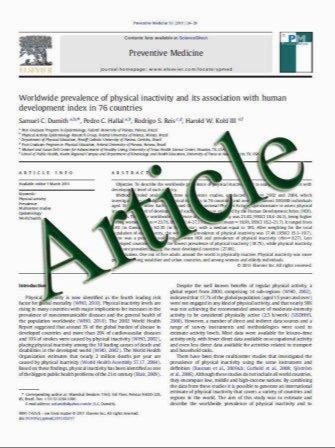Long-term angiographic outcomes of post-Sirolimus-eluting stent restenosis in Japanese patients
- نوع فایل : کتاب
- زبان : انگلیسی
- مؤلف : Nobuyuki Miyai Noriyuki Kinoshita Keisuke Oota Takeshi Yamada Reo Nakamura Hidekazu Irie Tetsuo Hashimoto Shyunichi Tamaki Hiroaki Mat
- چاپ و سال / کشور: 2010
Description
Though restenosis after drug-eluting stent implantation is still observed, the factors affecting post- Sirolimus-eluting stent restenosis (re-restenosis) have not been fully determined. We evaluated the long-term angiographic outcomes and examined background factors affecting re-restenosis. We enrolled 51 patients with 68 Sirolimus-eluting stent (SES) restenosis lesions who underwent target lesion revascularization (TLR) and angiographic follow-up studies. Re-restenosis was observed in 29 of 68 restenosis lesions, and the rate was 42.6%. Study subjects were divided into two groups: a re-restenosis (Re-R) group (20 patients) with 29 lesions and a restenosis (R) group (31 patients) with 39 lesions with no re-restenosis. There were no differences in age, sex, coronary risk factors, past history, or medications between the two groups. Re-restenosis was observed more frequently in the right coronary artery (Re-R group vs. R group; 65.5 vs. 33.3%, P = 0.009). The incidence of stent fracture was higher in the Re-R group (Re-R group vs. R group; 48.3 vs. 12.8%, P = 0.003). QCA results showed that the initial lesion length at the time of first coronary intervention was significantly longer in the Re-R group (Re-R group vs. R group; 21.6 ± 3.37 vs. 12.6 ± 4.98 mm, P = 0.049). The rate of re-restenosis was 47.1% when treated with POBA alone, while it was 36.7% with SES treatment. In multivariate analysis, the initial lesion length at the time of first coronary intervention (odds ratio = 1.64, 95% CI 1.29–2.06, P\0.001) and stent fracture (odds ratio = 12.42, 95% CI 1.89–81.4, P = 0.009) were independent predictors of re-restenosis. This study demonstrates that recurrent restenosis with SES treatment is associated with lesion length and stent fracture, a finding that is beneficial in the management of restenosis after SES implantation.
Heart Vessels (2011) 26:168–175 DOI 10.1007/s00380-010-0043-y Received: 2 June 2009 / Accepted: 25 March 2010 / Published online: 27 October 2010


